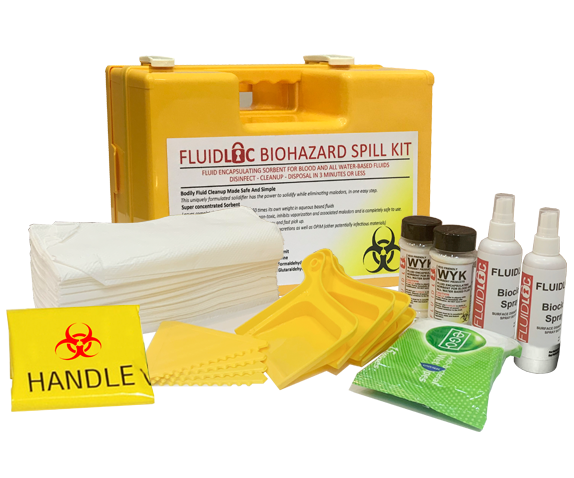In any workplace where hazardous materials are handled, the safety and well-being of employees is paramount. One essential safety feature that plays a critical role in protecting workers is the presence of eyewash stations. In this blog post, we’ll explore the importance of eye wash stations in ensuring safety in hazardous environments and how they are a crucial component of any workplace safety plan.
The Significance of Eyewash Stations
Eye wash stations are a fundamental safety measure, especially in environments where employees may be exposed to chemicals, dust, foreign particles, or other potential eye irritants. These stations are designed to provide immediate access to a continuous flow of clean, potable water to rinse the eyes in the event of an emergency.
Key Benefits of Eyewash Stations
- First Aid for Eye Injuries: Eyewash stations serve as the first line of defense against eye injuries caused by chemical splashes, dust, or other irritants. Immediate rinsing can help minimize the extent of damage and prevent long-term harm.
- Fast Response: In emergency situations, time is of the essence. Eyewash stations offer quick and easy access to the necessary equipment, ensuring that employees can respond immediately to eye injuries.
- Minimizing Injury Severity: Rinsing the eyes promptly with water from an eye wash station can reduce the severity of an injury and prevent permanent damage.
- Compliance with Regulations: Many workplace safety regulations and standards, such as those set by OSHA (Occupational Safety and Health Administration). Mandate the presence of eye wash stations in specific work environments. Compliance with these regulations is essential to avoid penalties and fines.
Choosing the Right Eyewash Station
Selecting the right eye wash station is a critical decision. Consider the following factors:
- Location: Eye wash stations should be strategically located within the workplace, easily accessible to employees working with hazardous materials.
- Type: There are various types of eye wash stations, including wall-mounted, pedestal-mounted. And combination units that include both eye wash and emergency shower functions. The choice depends on the specific needs of the workplace.
- Flow Rate: Ensure that the eye wash station delivers an adequate flow rate and a consistent stream of water to effectively rinse the eyes.
- Maintenance: Regular maintenance and testing are essential to ensure that the eye wash station is fully functional when needed.
Employee Training
Having eye wash stations in the workplace is a vital step. But it’s equally important to ensure that employees are trained in their proper use. Conduct regular training sessions and drills to familiarize workers with the location and operation of eye wash stations. As well as the immediate steps to take in case of an eye injury.
Conclusion
Eye wash stations are a critical component of workplace safety, especially in environments where eye hazards are present. Prioritizing the installation and maintenance of these stations demonstrates a commitment to the well-being of employees. And compliance with safety regulations. By having functioning eye wash stations and conducting regular training, employers can ensure that their workforce is prepared to respond effectively in the event of an eye-related emergency, ultimately contributing to a safer work environment.


